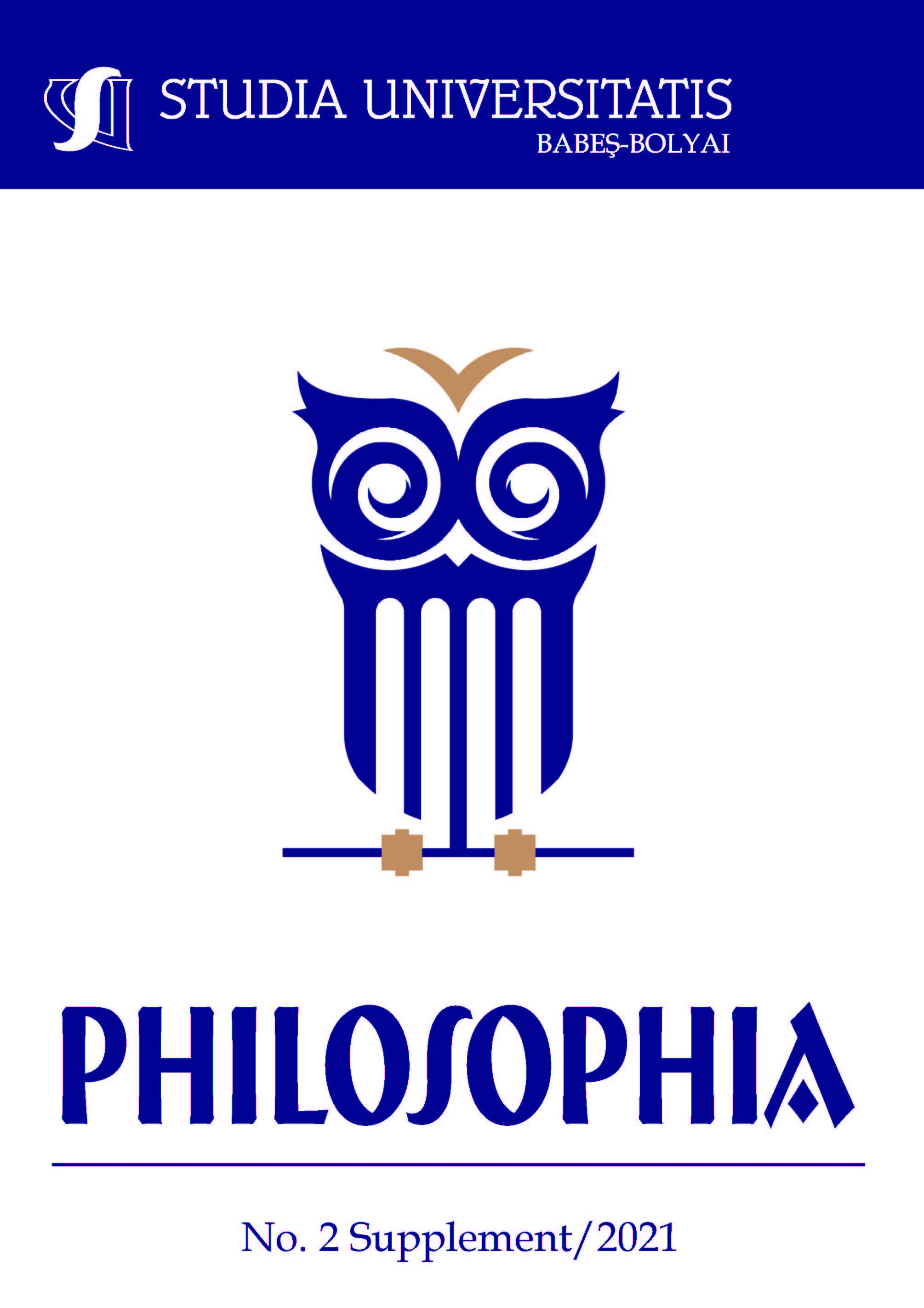TEACHING PHILOSOPHY AND ENACTIVISM
TEACHING PHILOSOPHY AND ENACTIVISM
Author(s): Andrei Simionescu-PanaitSubject(s): Contemporary Philosophy, Philosophy of Language, Philosophy of Education, Pedagogy
Published by: Studia Universitatis Babes-Bolyai
Keywords: enactivism; phenomenology; philosophy of education; classroom design;
Summary/Abstract: The paper presents a concise history of enactivism in education, especially in mathematics education. Cases described by Davis’s, Proulx and Simmt’s work showcase the idea that enactivism is a viable alternative to constructivism or to classical views both in terms of practical teaching and theoretical models related to the process of learning. The idea that the student should solve a fixed problem, discover the universally correct solution, and eventually store that correct solution to find many other universally correct solutions to other fixed problems reduces the student to a very simple mechanism aimed at informational efficiency. This problem is met by the enactivistic tradition that began with Varela and Maturana’s work, now updated to the aforementioned researchers. Contra the classical perspective, enactivism proposes the idea that the student collaboratively produces the problem, being able to see multiple solutions, and eventually becoming a performer of knowledge. The article takes these ideas developed in mathematics education and finds their use in philosophical education. The article especially focuses on the student’s problem of being unable to link a new philosophical text discussed in class with their intuition. The last part of the article offers a lesson design example. The philosophical design focuses on making the students explore their own thinking regarding the topic about to be discussed by using a philosophy text before introducing the text.
Journal: Studia Universitatis Babes-Bolyai - Philosophia
- Issue Year: 66/2021
- Issue No: 2 Suppl.
- Page Range: 191-196
- Page Count: 6
- Language: English

